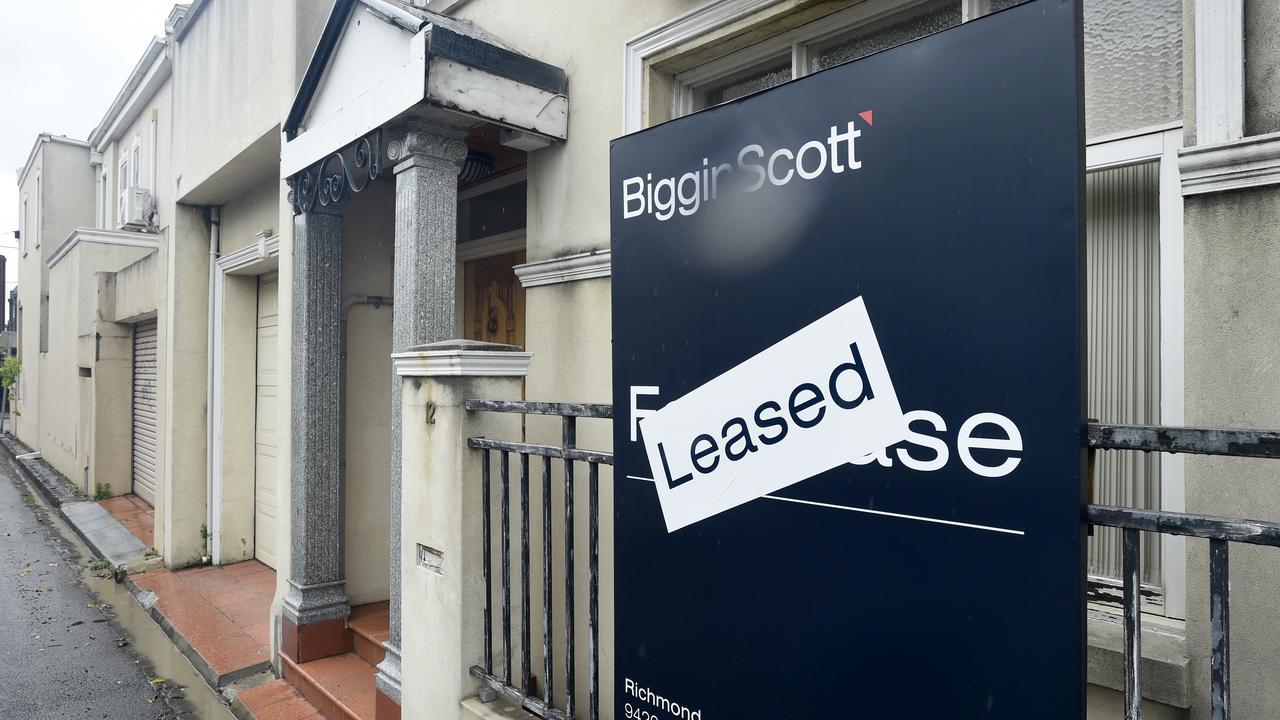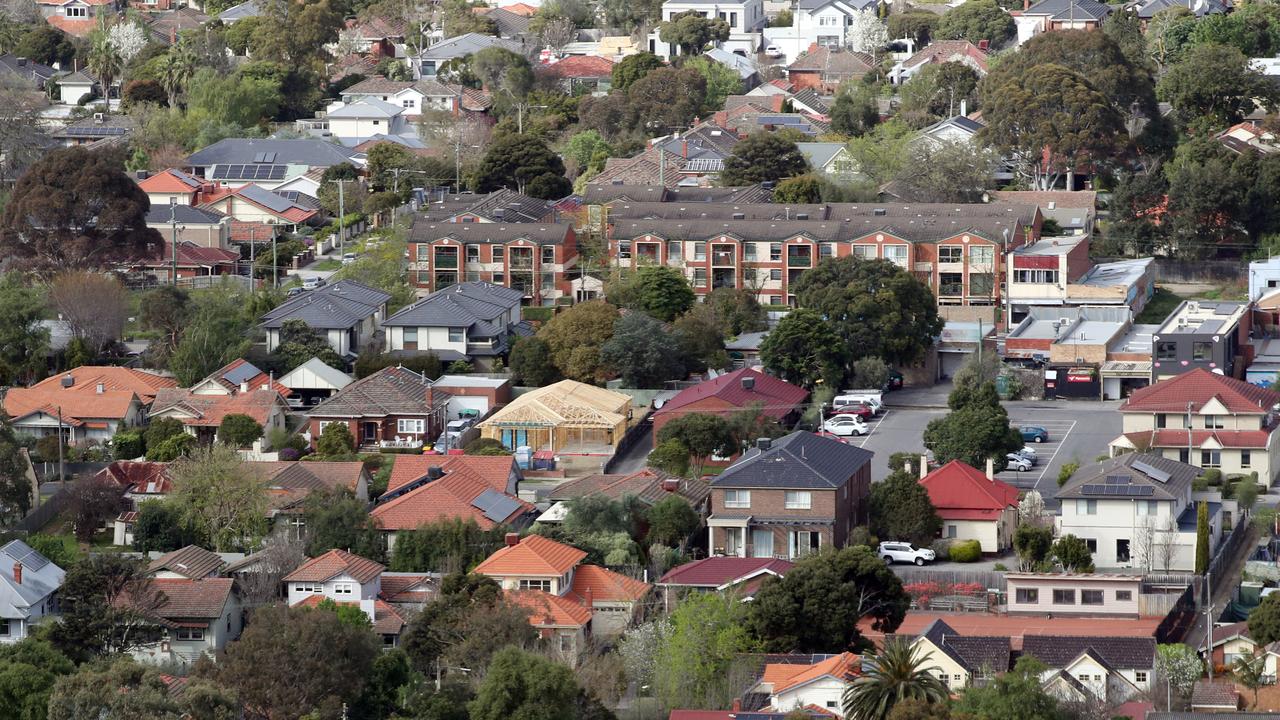‘Collapsed’: Tasmania’s fast home affordability slide
Tasmanian housing affordability is at its worst level on record, eclipsing the ‘80s when high loan interest rates were double what they are today. REPORT FINDINGS REVEALED
Property
Don't miss out on the headlines from Property. Followed categories will be added to My News.
IT has never been harder for Tasmanians to buy a home.
In a new Housing Affordability Report launched today, PropTrack economists found that Tasmania is behind only NSW as the least affordable state in which to make the homeownership dream a reality.
Report authors Angus Moore and Paul Ryan say Tasmania’s housing affordability, which was once among the best in the nation, has “collapsed”.
With Tasmanian incomes remaining the lowest in Australia while mortgage interest rates and home prices have surged, Mr Moore said affordability has suffered.
He said Tasmania’s affordability deterioration was not surprising given years of strong price growth, but how fast it had declined was a shock.
“It has turned from the most affordable to the second least affordable state in less than a decade,” he said.
The report shows Tasmanian households in the low, middle and high income brackets can afford the smallest share of homes on record.
The lowest income bracket can meet the loan payments of “essentially zero homes” sold in the past year, while the median and high end have recorded significant declines.
“Tasmania has changed radically since as recently as 2016-17, when a median-income household could afford about half of all homes sold across Tasmania,” Mr Moore said.
“Today, they can afford just 5 per cent.
“It is very hard for a Tasmanian who earns a typical income to buy a home at the prices that Tasmanian homes now fetch.”
MORE: Hobart home prices climb in August: report
‘Trophy asset’: Freycinet holiday park hits the market

Over the past decade, high income Tasmanian households earning in the top 80th percentile, about $160,000, could afford more than 75 per cent of homes.
But since 2022, that figure has plummeted to less than half, Mr Moore said.
“Part of the decline in affordability is the recent surge in home prices, which have more than doubled since 2015 in Hobart and regional Tasmania. That’s a much faster rate of growth than in any other capital city,” he said.
“The challenge is compounded by the fact that Tasmania has the lowest average income in Australia. Compared to NSW or Victoria, Tasmania’s median income is about 25 per cent lower.”
The report shows the mortgage repayments on a median-priced Tasmanian home are the equivalent to 35 per cent of the average household income.
This exceeds Tasmania’s peaks of 34 per cent in 2007-08 prior to the GFC, and 30 per cent of income in 1988-89 when interest rates were over 15 per cent.
MORE: Hobart listings rise ahead of spring selling season
Hobart’s $40k home price decrease forecast
The time it takes first-home buyers to save a 20 per cent deposit in Tasmania has grown quickly recently, although it has eased from its recent peak of almost seven years in March 2022.
Mr Ryan said while Hobart’s median home price had decreased by 6.6 per cent since March 2022, the sharp run up in prices through the pandemic had “greatly outstripped income growth”.
“The time it takes to save a deposit for a median-priced home has blown out from 4.5 years in 2019 to 6.2 years today,” he said. “In the early 2000s it was less than three years.”
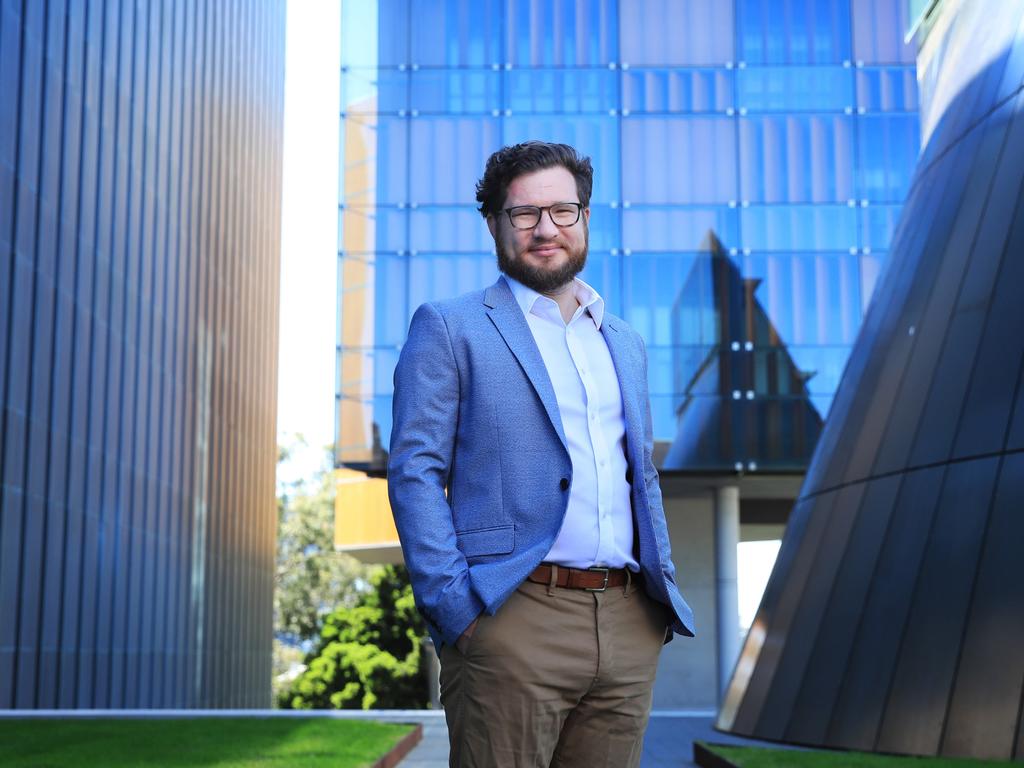
Finder home loans expert Richard Whitten said saving the deposit was the biggest hurdle for most first homebuyers.
He said wage growth over the past few decades hasn’t kept up with skyrocketing property prices.
“Saving up enough for a deposit, especially when the cost of everything from food, energy, and insurance — not to mention rent — is rising, is a big barrier to overcome,” he said.
“Buying a home is becoming increasingly out of reach for many Aussies.”
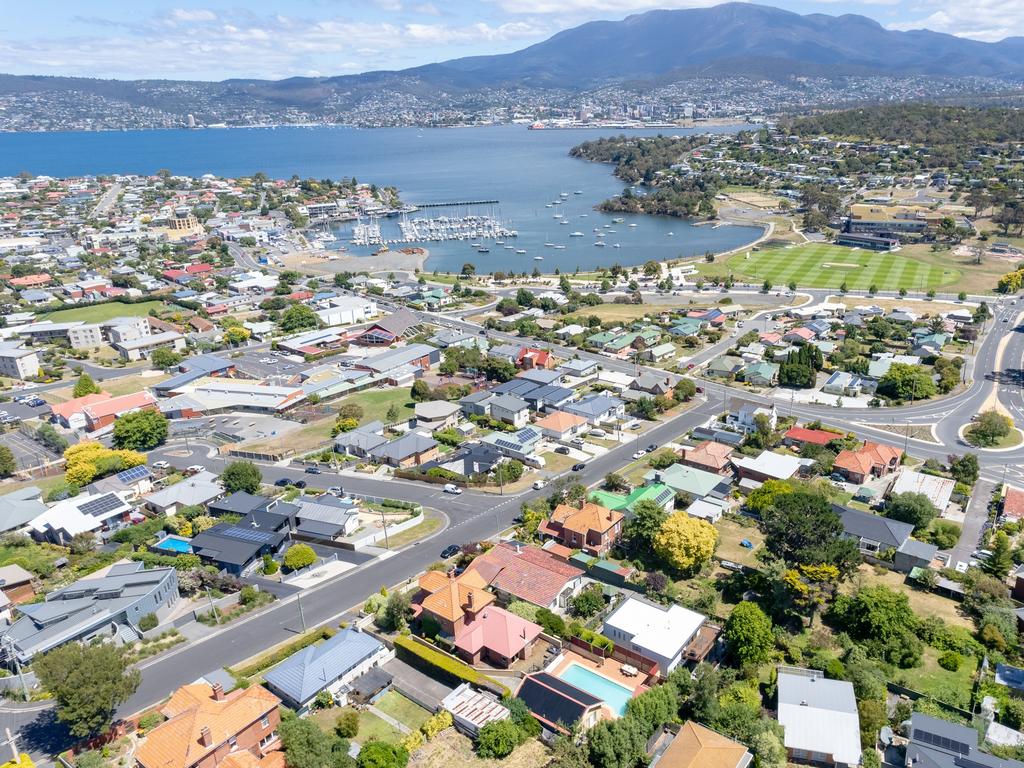
But Mr Whitten said first homebuyers should not feel discouraged.
“Having a realistic budget and getting into a good savings habit early on, even if it’s just small amounts each month, will put you on the right track,” he said.
Mr Moore said the silver lining for affordability in Tasmania was the peak in interest rate increases had likely arrived or was not far away.
“Wages are growing and we shouldn’t see interest rates get much worse,” he said.
“But it will be a slow process. Sustainably solving affordability in the long term is about building homes in places where people want to live.
“Announcements like 1.2 million homes to be built over the next five years and incentives for the states are good steps to encourage the building of the homes that we need.”
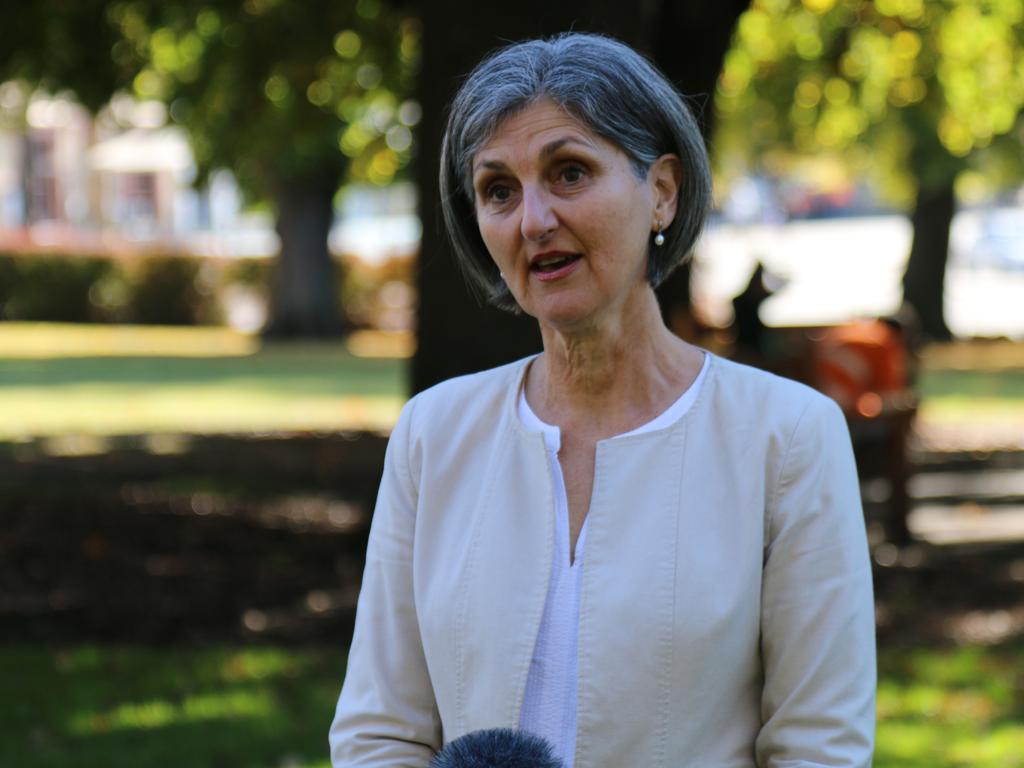
TasCOSS chief executive Adrienne Picone said historically, house prices have been an advantage for Tasmanians, but now there are simply not enough homes at the appropriate price point for buyers or renters.
She said the housing crisis is affecting all Tasmanians, but its impacts are disproportionately felt by those already on low incomes.
“We have heard from Tasmanians that the challenge of housing affordability — when coupled with increases in food, electricity, fuel and health care costs — is forcing households to make insidious choices between paying the mortgage or rent, putting food on the table, turning on the heater or going to the doctor,” she said.
“We call on all levels of government to act as a matter of urgency to better support Tasmanians with access to safe, affordable and stable housing.
“In a wealthy society, we should not accept that Tasmanians face homelessness or are forced to live in unfit, unsafe and unaffordable housing.”
PropTrack’s Affordability Index tracks the portion of home sales households of various income levels have been able to afford. It is based on households spending 25 per cent of pre-tax income on loan repayments, under the ‘stress’ level, and it requires them to have saved a deposit.
More Coverage
Originally published as ‘Collapsed’: Tasmania’s fast home affordability slide








